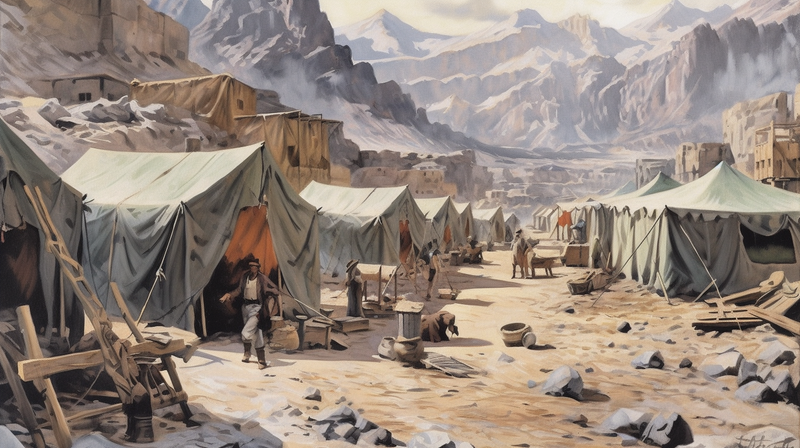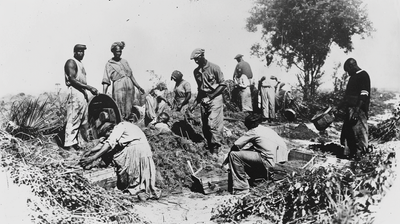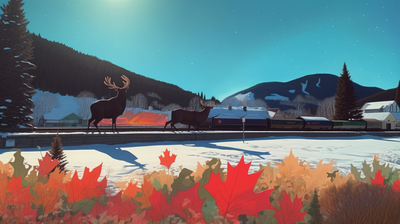Analysis of Widow Maker by Quinn-Keyser-Cockran
This is an analysis of a book from one of my podcast guests. It was fun to read and talk about in the course of my MFA.
Widow Maker by Quinn Keyser-Cochran is an example of using limited description and perspective while still creating a sort of atmosphere within the story of an early 20th-century mining camp in Nevada and the surrounding area. The trouble is that the writer isn’t consistent with its use, making the book much harder to read than is necessary.
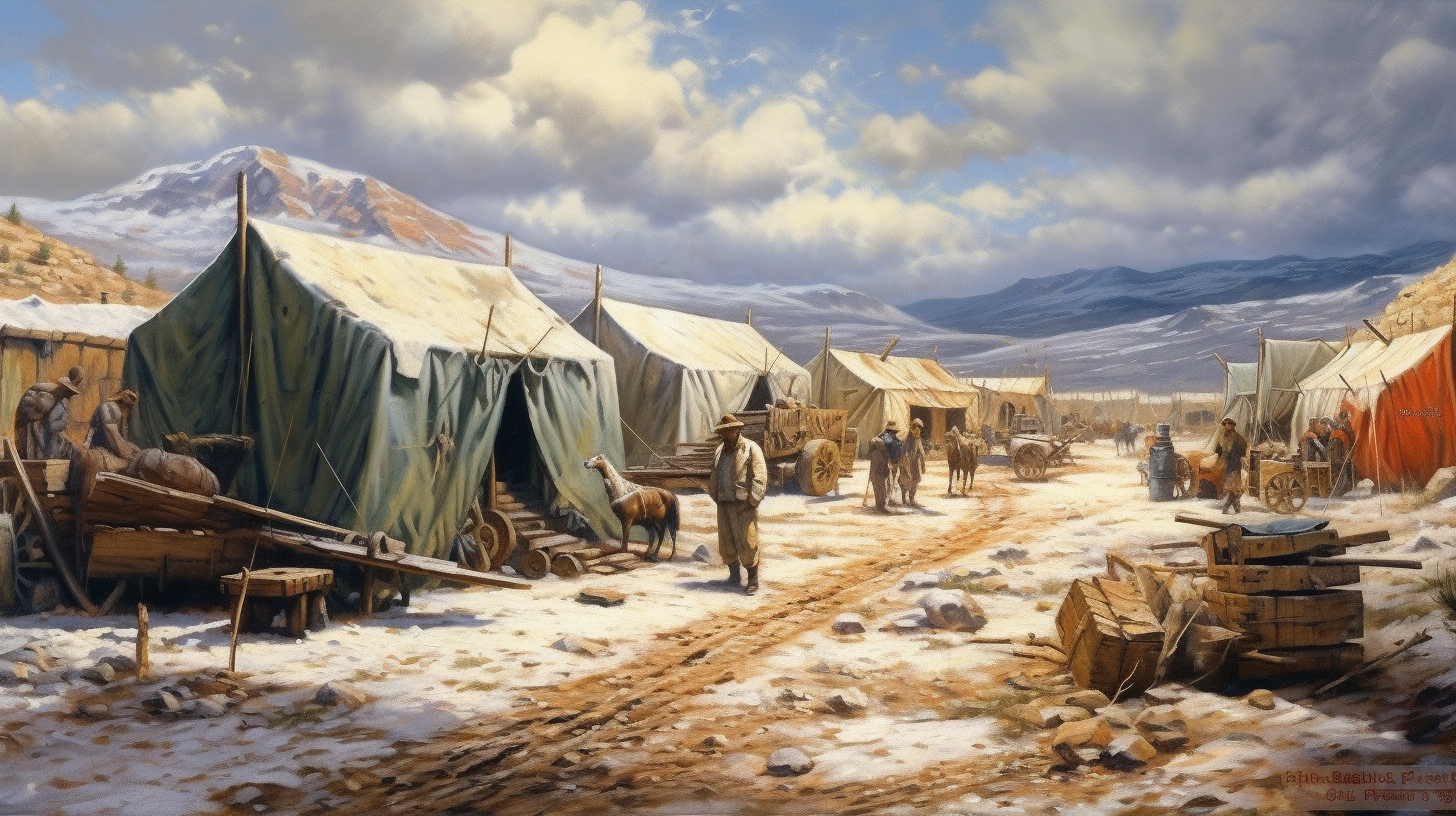
Using a first-person perspective can often limit options for descriptions, but this is not always the case. At the beginning of the book, very little time is spent talking about the character’s surroundings or clothing. The details are often spread out much later. For example, on page 63, we find out his coat is a bit old and threadbare. This detail would have been helpful from the beginning. Shep works as a strongman for a mine owners association and seems well-paid (especially in cash) but can’t afford decent clothes. We don’t get this vital detail until we’re well into the story. We know very little about the town of Delamar except for the White House hotel and a few other locations. I don’t think I could describe it with any accuracy, but then at the beginning of chapter seven, the writer goes into great detail about the natural environment as Shep gets ready to kill a man. These descriptions create an atmosphere that just isn’t present in other settings in the book. The description could be more effective and would pull the reader into the story more. The scene where he kills his first man is powerful because of its description. It’s a shame that the rest of the book did not follow suit.
It’s a nice story about Shep chasing the devious businessman Jack Lipford but the lack of description just doesn’t make it seem anything other than a modern book. In chapter 37, the writer even makes fun of the old writer’s adage, “show don’t tell,” by relating the events of what happened when he was in the hospital after getting into a gunfight with his family and against his former employer. This sort of thing puts too fine a point on things and primarily accomplishes the literary equivalent of breaking the fourth wall. This also ruins the atmosphere of the book.
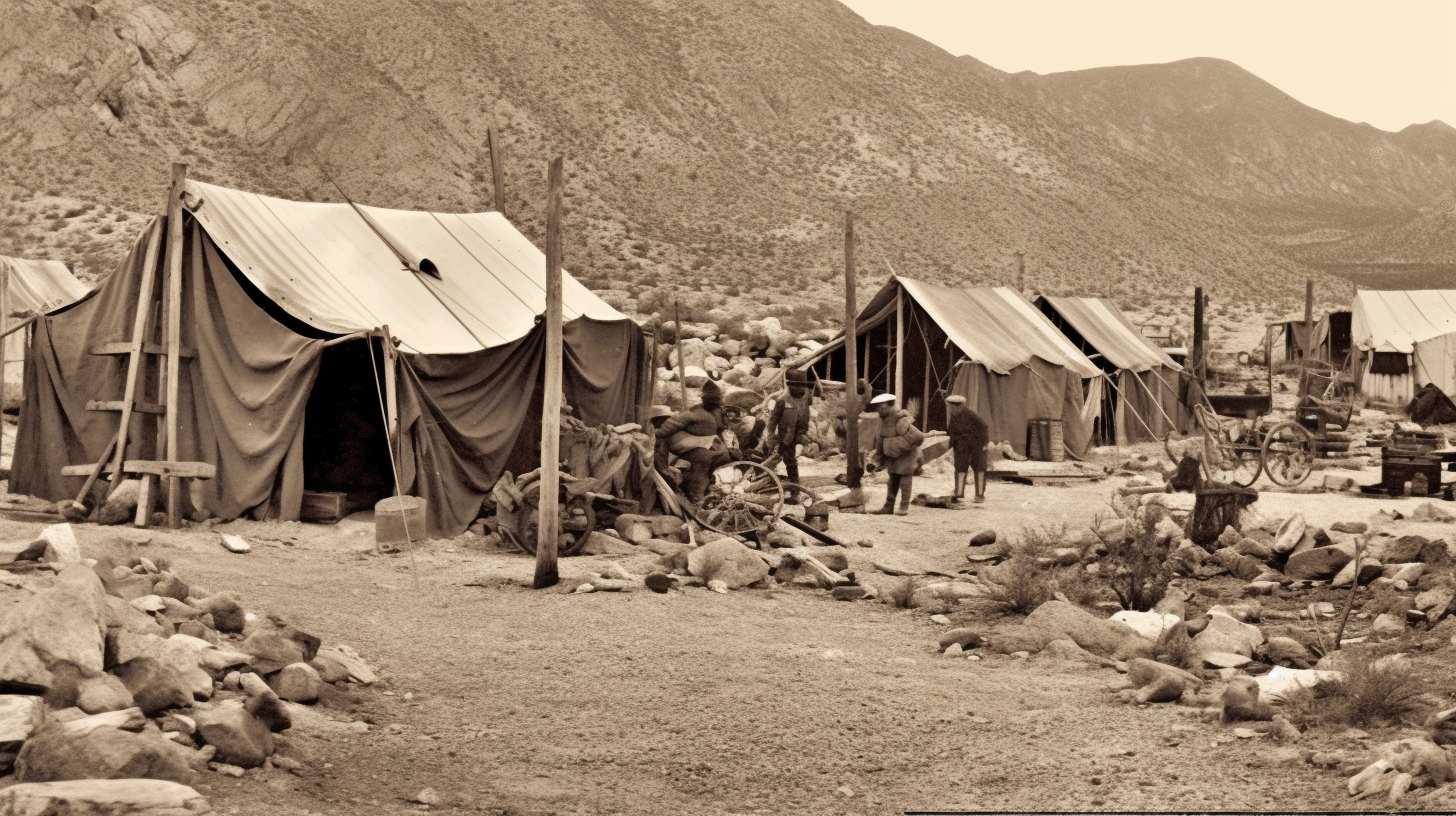
The writer does an excellent job of creating the early 20th century with many references to the recent Spanish-American war and Shep’s time in the Philippines, something he shares with others in the mining town. The labor struggles of the time also contribute to the general feeling of the time. However, essential details are missing, and the lack of description just doesn’t create a complete picture. Historical fiction requires atmosphere, and this book is a little short of air.
This limited perspective and description don’t always work. It can be hard to find a strong sense of place in this book. I don’t feel like I’m experiencing the place as well as I could. There are many times when it is hard to remember that the book is taking place in the early 20th century. The dialogue doesn’t seem true at the time, and it tends to pull the reader out. We are often brought back in by details like a car breakdown or the description of an interior, but that’s where the atmosphere comes in. It should always feel like it’s 1904, and it doesn’t convey that feeling on many pages. I found myself struggling to visualize what was happening. The reader is very close to the main character with the first-person perspective; the lack of description makes it hard to dig into the text. There are many missed opportunities for world-building in the text, but they just aren’t taken advantage of in the course of the story. The book is 410 pages; there was plenty of opportunity within the page count.
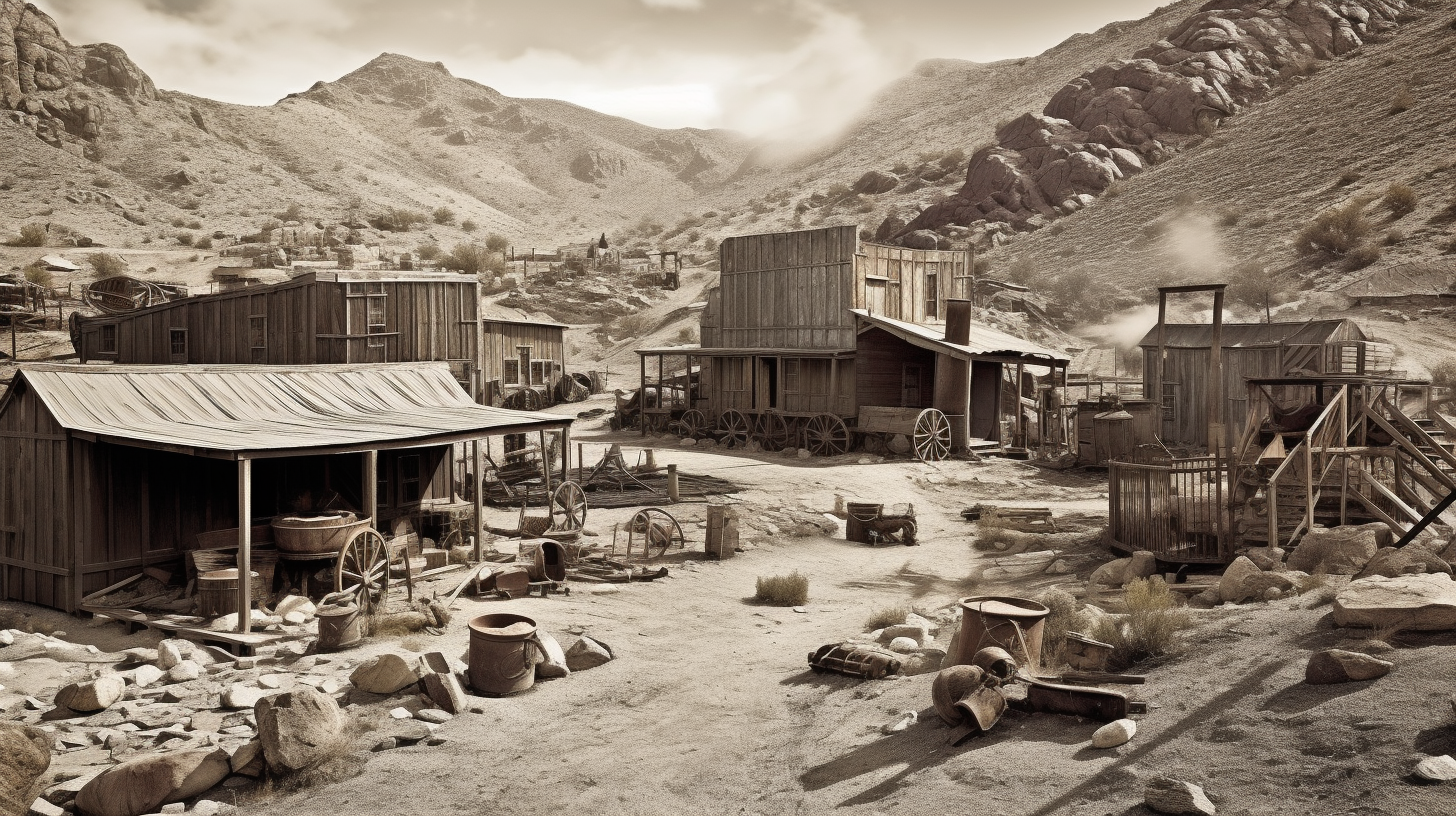
This text has taught me the importance of world-building in historical fiction (the nature of my project), and it has reminded me that it is necessary to ensure details remain rich. There is plenty of atmosphere, the sense that you are entering this unfamiliar world.
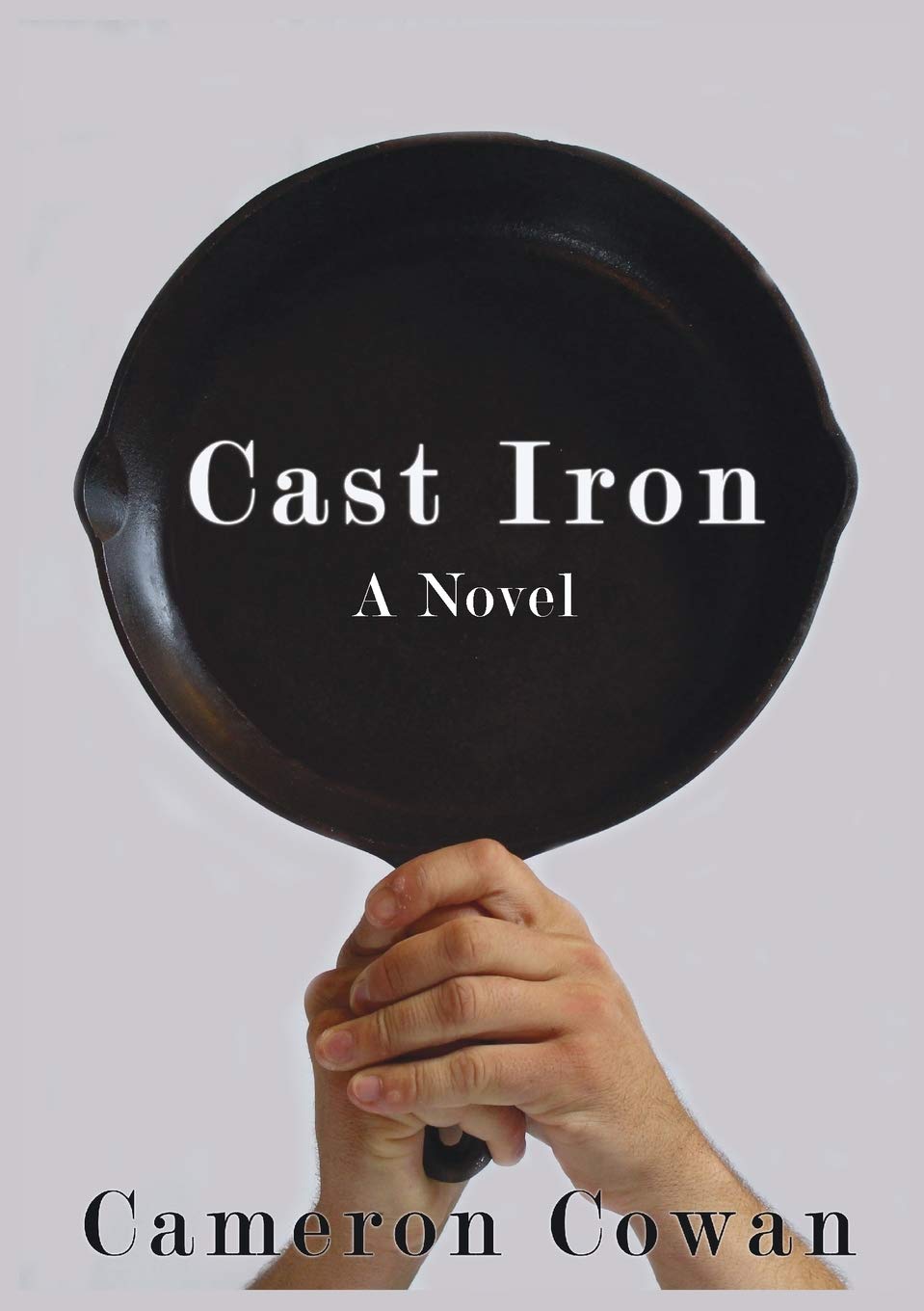
Cast Iron (a Novel) by Cameron Cowan
When Randy Carruth starts a new life with his sister, mother, and new husband, he never anticipates that this new life could be dangerous and even deadly. Cast Iron explores what happens to a young man lost in the prison system and lost in the world on a journey of forgiveness.
Cast Iron is the story of Randy Carruth, who discovers that his new step-father is not what he seems. He tolerates it for a time, believing that he can do nothing. One day, when he discovers his sister being attacked, he makes a fateful decision that sends him to jail. After being released, Randy enters a world of drugs and male prostitution. Will he ever find his way home? Can he find forgiveness for those that have wronged him and broken his heart?


